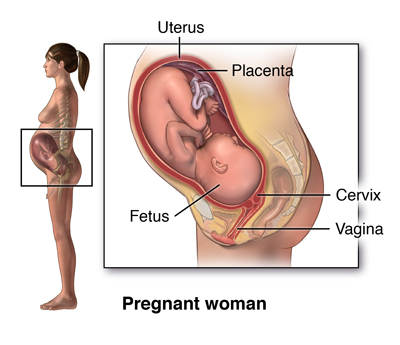Hemorrhoids And Pregnancy Symptoms
Advice on avoiding constipation may assist women to prevent or lessen the effects of haemorrhoids.
Hemorrhoids and pregnancy symptoms. Hemorrhoids are common during pregnancy typically during the third trimester. Most piles go away within a few days without treatment. It s common to get them during pregnancy especially in the third trimester. Do your kegel exercises.
Pregnancy hemorrhoids are a common and uncomfortable problem of pregnancy. They re often caused by extra pressure from your growing baby as a result of iron or other supplements or being less. Constipation another common problem during pregnancy can also cause or aggravate hemorrhoids because you tend to strain when having a hard bowel movement and straining leads to hemorrhoids. There are things you can do to ease any pain and discomfort.
Doing so softens the stool and increases its bulk which will help you avoid the straining that can cause hemorrhoids. What you can do about hemorrhoids during pregnancy. The pressure from your. The best way to prevent hemorrhoids is to keep your stools soft so they pass easily.
The best hemorrhoid treatment during pregnancy is to stay regular so drink plenty of water and up your fiber intake to avoid constipation. Some of the early pregnancy symptoms includes overall fatigue and exhaustion tendering of breasts sore or sensitive nipples abdominal bloating and gas increase in flatulence backaches abdominal cramps vaginal discharge nausea frequent urination incontinence odors constipation hemorrhoids acne lower belly pain swelling or puffiness and vaginal bleeding. During pregnancy progesterone relaxes the walls of your veins allowing them to swell more easily. Haemorrhoid symptoms are common in pregnancy particularly in the second and third trimesters.
Hemorrhoids are veins in or around the anus that become swollen and inflamed. Hemorrhoids are swollen veins in your rectum that can cause itching burning pain or bleeding. This is usually due to constipation increasing pressure on the pelvis and an increase in blood volume. Topical products can be used to ease continuing symptoms.
Piles are lumps that can appear inside and around your bottom anus. Hemorrhoids may also develop postpartum as a result of pushing during labor.
